After announcing the establishment of the Department of Agriculture and Environment (DARD) of Dak Lak (based on the merger of the Department of Agriculture and Environment of Dak Lak (old) and Phu Yen (old) provinces), the Department of Agriculture and Environment of Dak Lak has urgently completed the organization, assigned tasks, and stabilized professional activities. In particular, the agricultural sector has urgently reviewed the backlog of work, prioritized the handling of urgent tasks of the sector, ensuring that the operation process takes place smoothly and without interruption.
According to Mr. Nguyen Hac Hien, Head of the Department of Cultivation and Plant Protection, after stabilizing the organization, the department is reviewing the work program and plan of the unit to unify the common work content. In particular, focusing on effectively implementing the restructuring of the agricultural sector in the field of cultivation.
Currently, with a larger space, the unit must review the potential and advantages of each region to focus on promoting the development of a number of key crops, forming raw material areas as a basis for attracting investment and connecting product consumption. At the same time, monitor, direct, and orient production, advise on the development and implementation of crop and yearly production plans.
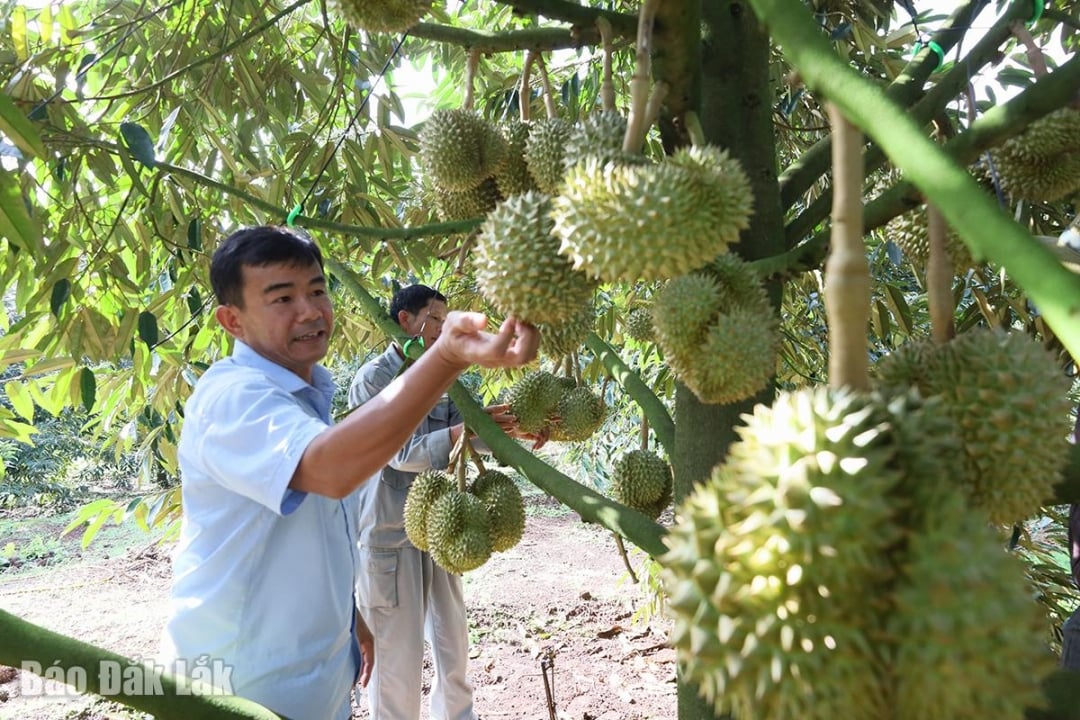 |
| Officers of the Department of Agriculture, Forestry and Fishery Product Quality Management inspect the production process according to VietGAP standards at the garden of a farmer in Pong Drang commune. |
At this time, the province is implementing the production of the 2025 Summer-Autumn rice crop and key durian areas are preparing to enter the harvest season, so the unit must monitor and update the production progress of crops in the whole province; effectively organize the implementation of forecasting, forecasting and measures to direct the prevention of pests and diseases on crops; Apply science and technology to the investigation, detection, forecasting, and analysis of data related to pests and diseases to improve the effectiveness of plant protection work. At the same time, organize guidance, recommendations, inspections, and supervision of the use of fertilizers and pesticides in production to protect the environment and ensure food hygiene and safety...
"We are ready to contribute to the development strategy of the agricultural sector, taking advantage of the advantages of biodiversity to bring green and sustainable development of agriculture and the environment for the new province. And this is the "golden" time to restructure the agricultural - environmental sector in a modern and environmentally friendly direction" - Deputy Director of the Department of Agriculture and Environment |
In the field of agriculture, forestry and fishery product quality management, the workload has also increased because the management field has expanded to include seafood. Mr. Do Tuan Hung, Head of the Department of Agriculture, Forestry and Fishery Product Quality Management, said: "We had meetings to deploy and assign specific tasks to each individual to quickly grasp the work, ensuring that the planning goals for the last 6 months of 2025 are completed well. In particular, we need to strongly and synchronously deploy propaganda and education activities to change behaviors in ensuring food safety and quality; strengthen inspection, supervision, post-inspection and implement product traceability...".
The year 2025 is of special importance, a year to focus on and accelerate the implementation of assigned targets in the 5-year plan 2021 - 2025. This is also the time to comprehensively evaluate the results of implementing the goals, tasks and solutions set out for the period 2021 - 2025, while creating momentum for the next development stage.
To achieve the set goals, targets and tasks, the entire agricultural sector is focusing on drastic implementing the Strategy for sustainable agricultural and rural development; the Sector restructuring plan associated with growth model innovation and new rural construction.
At the same time, promote potentials and advantages to build a comprehensively developed agriculture in a modern and sustainable direction; organize large-scale commodity production with high added value to meet diverse domestic and export needs; synchronously and effectively carry out administrative reform and digital transformation tasks; effectively manage, protect and use forests and forest land, protect the ecological environment, contribute to socio-economic development, ensure security and defense and create an important foundation for development in the next stage.
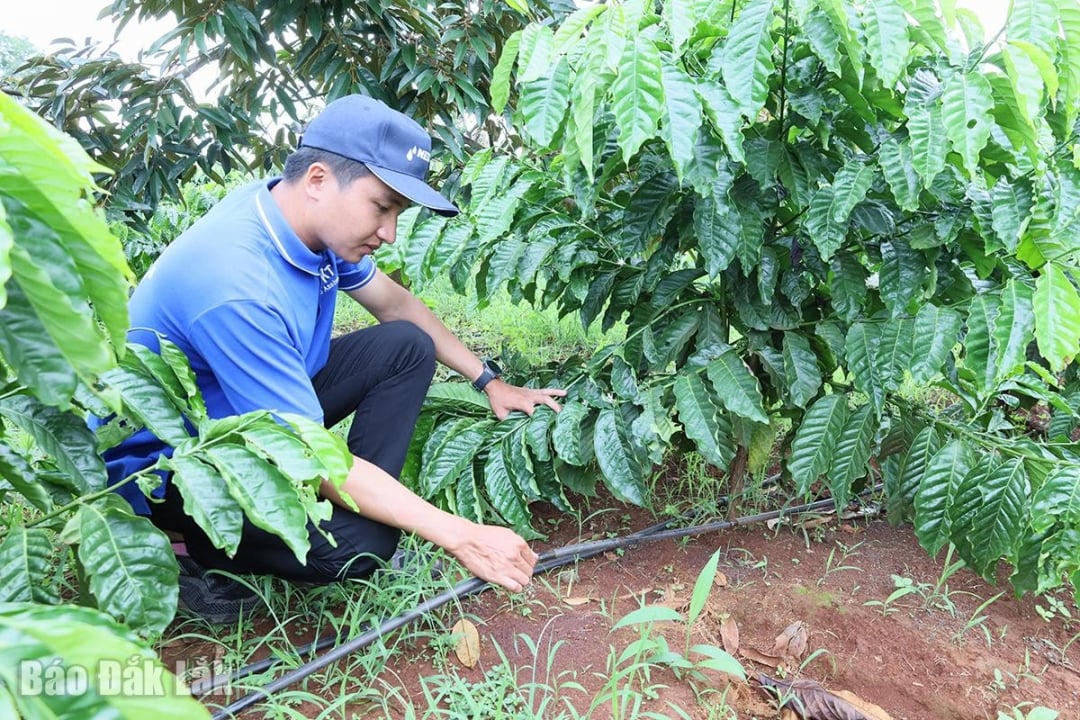 |
| Dak Lak farmers proactively apply water-saving irrigation technology for coffee trees in line with the sustainable development orientation of the agricultural sector. |
Synthesizing data from the two provinces after the merger shows that: In 2025, Dak Lak (old) strives for the total value of agricultural, forestry and fishery products in the area to increase by 5.03%; Phu Yen (old) increases by about 4% compared to 2024. The crop sector accounts for the largest scale in the total production structure and has made its mark with many high-quality agricultural models, digital transformation, smart agriculture, and deep processing to increase value. The total cultivated area after the merger of the two provinces is estimated at about 800,000 hectares, of which land for perennial industrial crops and fruit trees accounts for the majority. Some notable industries such as coffee, pepper, durian, sugarcane, rice, vegetables, etc. all achieved growth in output and value.
The province's livestock industry after the merger also has a great advantage when it is larger in scale, with a total herd of cattle and poultry estimated at nearly 23.4 million heads; total meat output reaching nearly 314,000 tons... Industrial farm-scale livestock farming continues to be promoted, linked to bio-safety and market output. Meanwhile, aquaculture continues to be a strength of localities in the Eastern Dak Lak region, contributing more than 87,000 tons to the total output of the entire reserve industry in 2024.
According to Director of the Department of Agriculture and Environment Nguyen Minh Huan, the agriculture and environment sector is a large sector with many functions, tasks, and workloads, requiring each cadre, civil servant, and public employee to be determined, resolute, dedicated, enthusiastic, and to promote all their strengths to successfully complete assigned tasks.
The Director of the Department of Agriculture and Environment also requested that the departments, offices, and affiliated units immediately review the programs and work plans assigned by the Provincial Party Committee, the Provincial People's Committee, and the Ministry of Agriculture and Environment. In particular, it is necessary to promote the spirit of internal solidarity to work together to complete professional tasks well.
This is a solid premise for the Dak Lak agriculture and environment sector to maximize its potential and advantages, making an important contribution to the province's sustainable socio-economic development.
Source: https://baodaklak.vn/tin-noi-bat/202507/nganh-nong-nghiep-dak-lak-vao-guong-sau-hop-nhat-d4212b2/


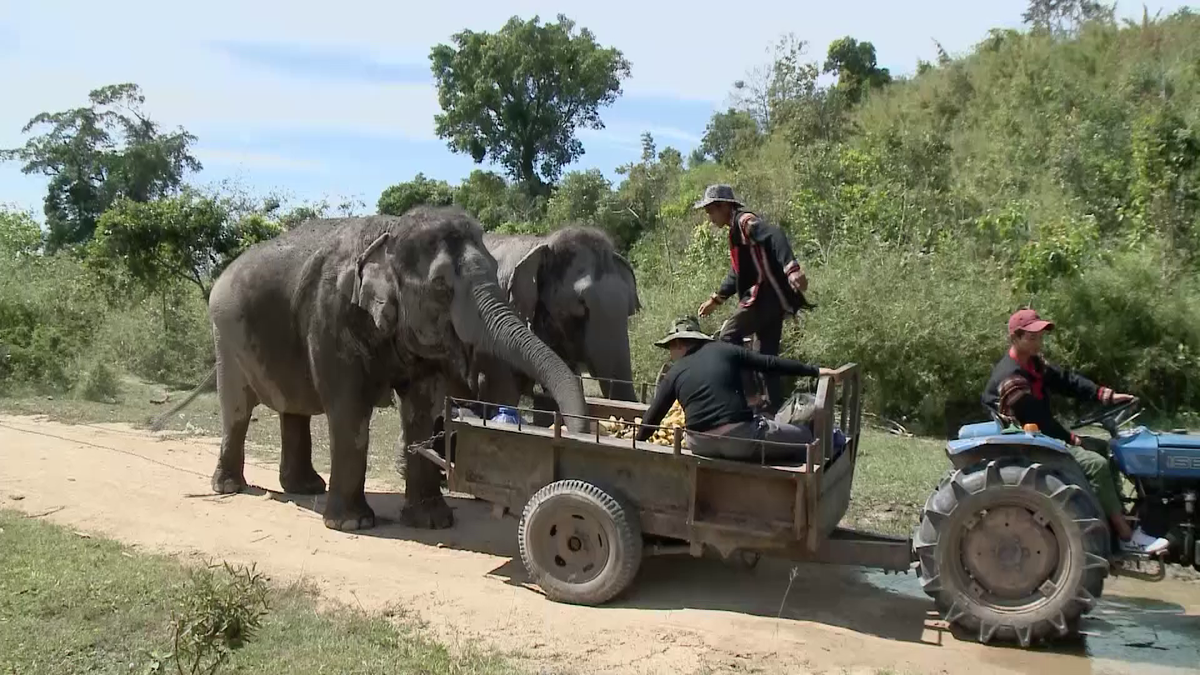





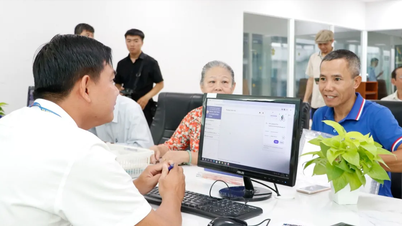

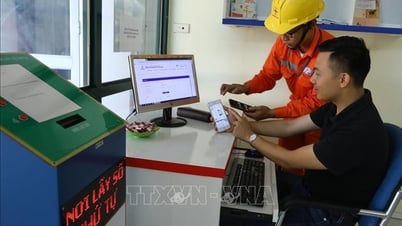

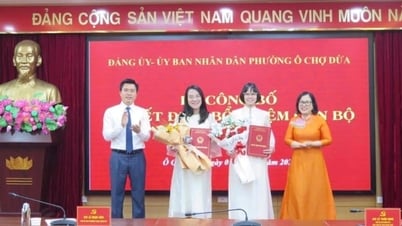

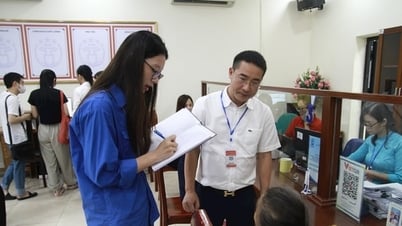
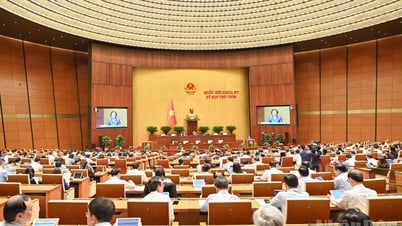

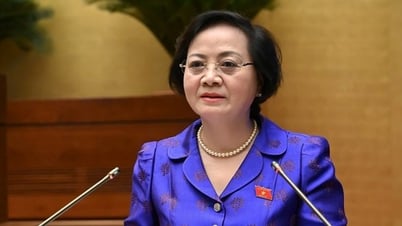

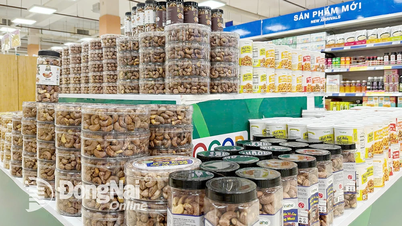

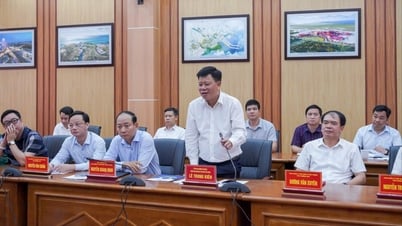

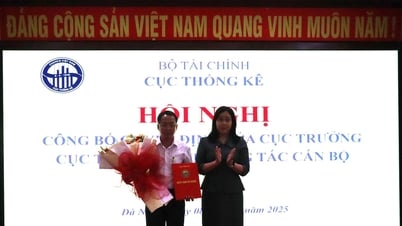

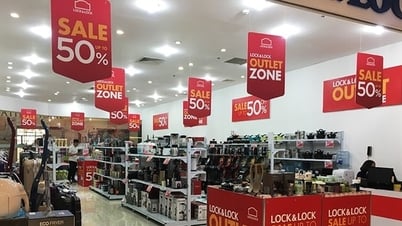
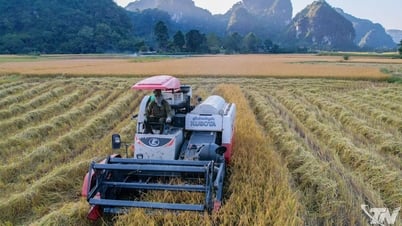

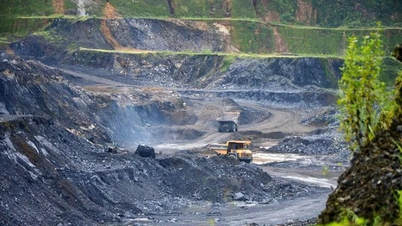






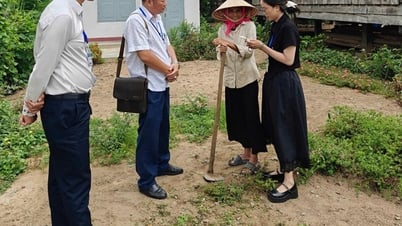
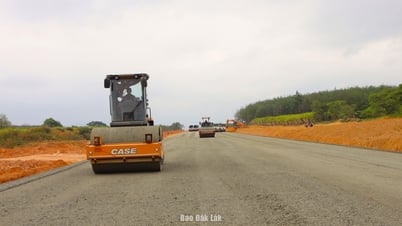
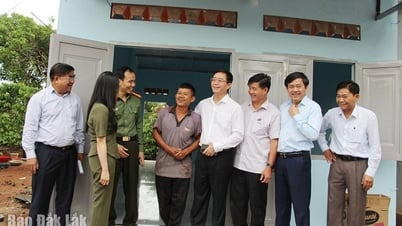
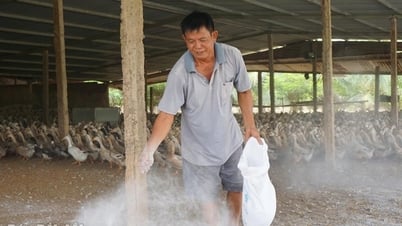
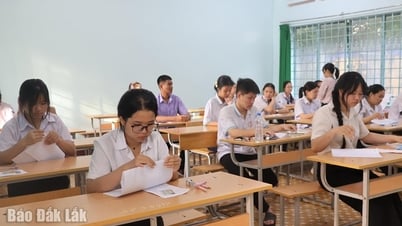







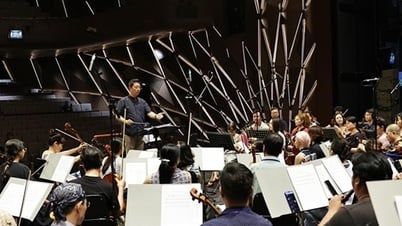









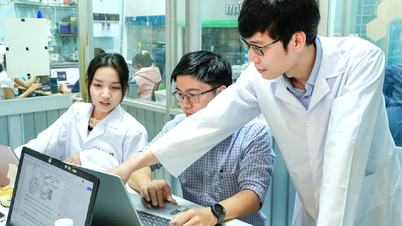


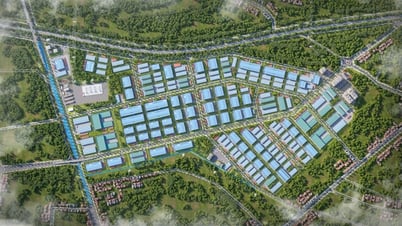



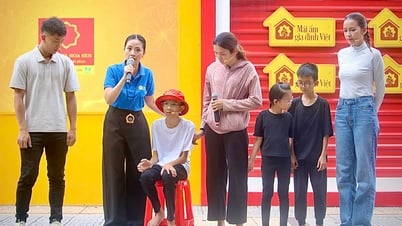

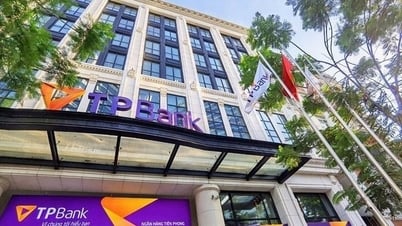
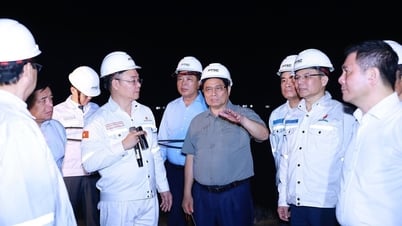
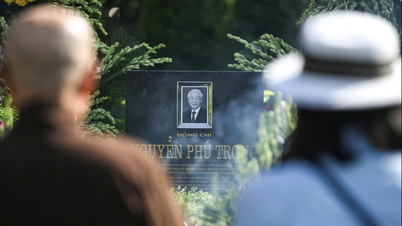







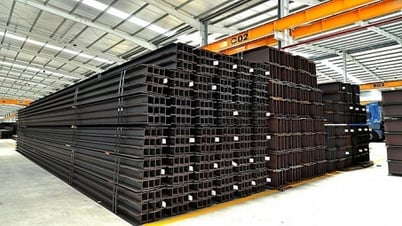




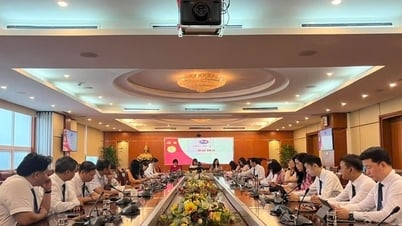

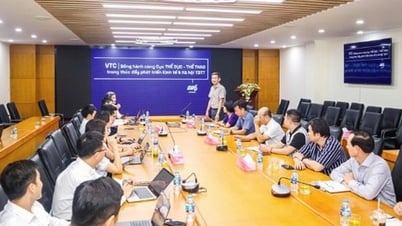
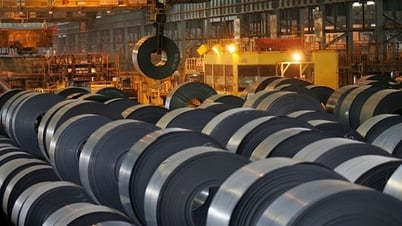
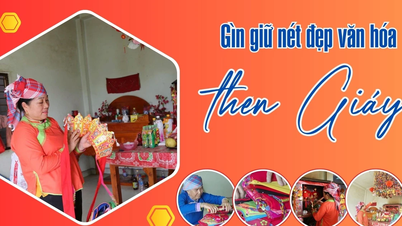
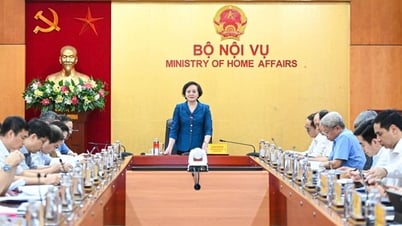
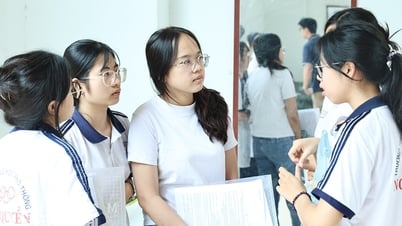


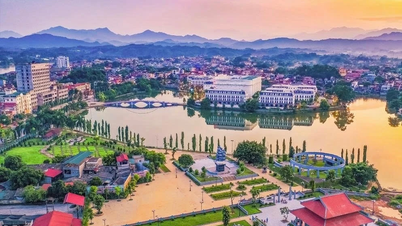
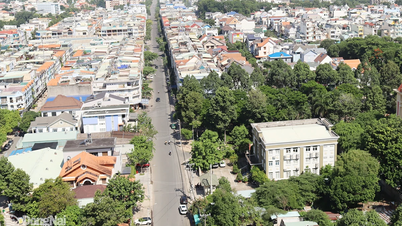










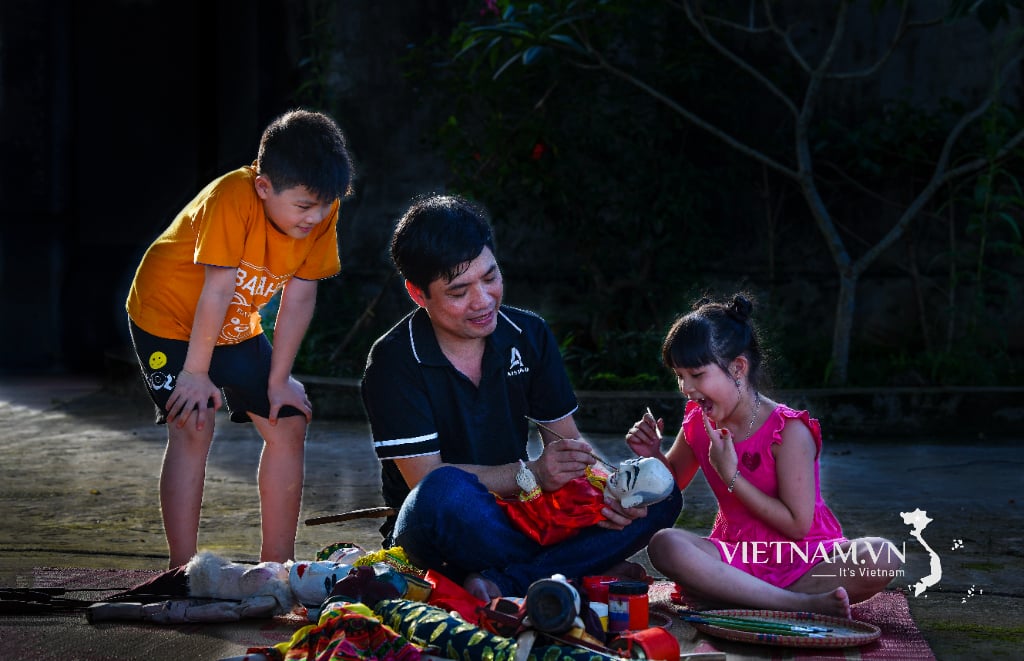


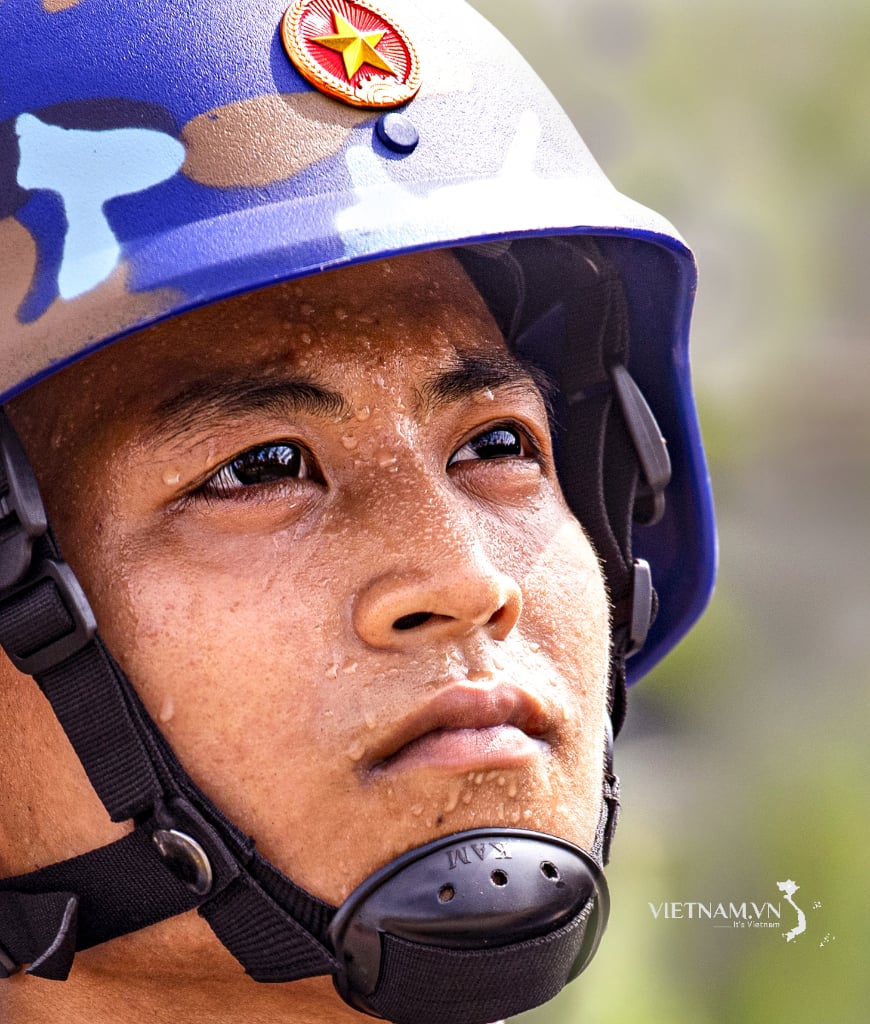
Comment (0)